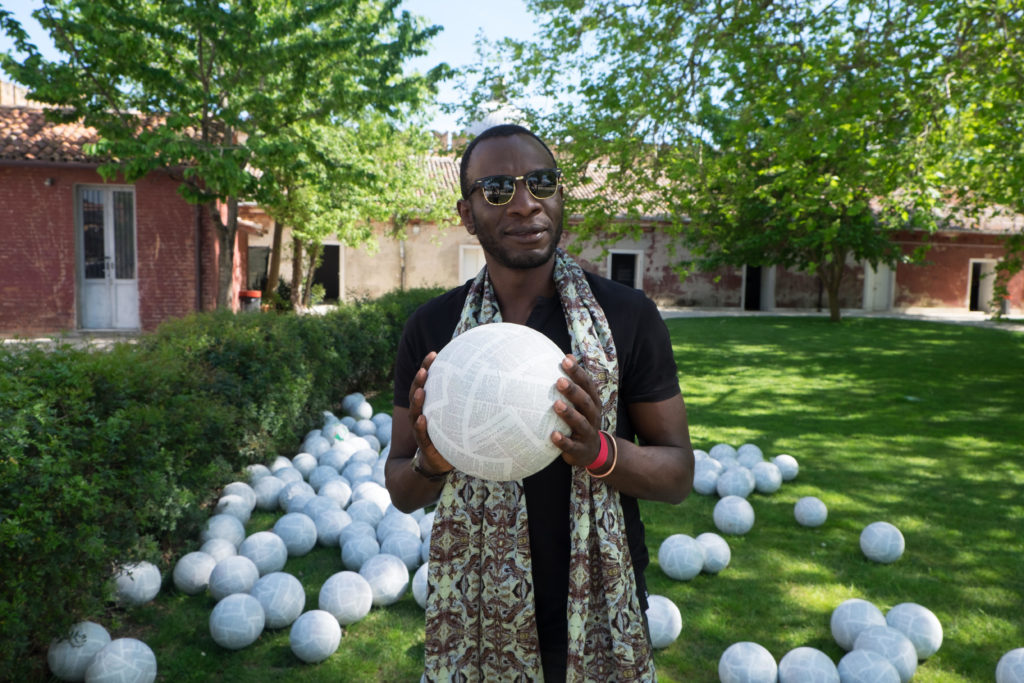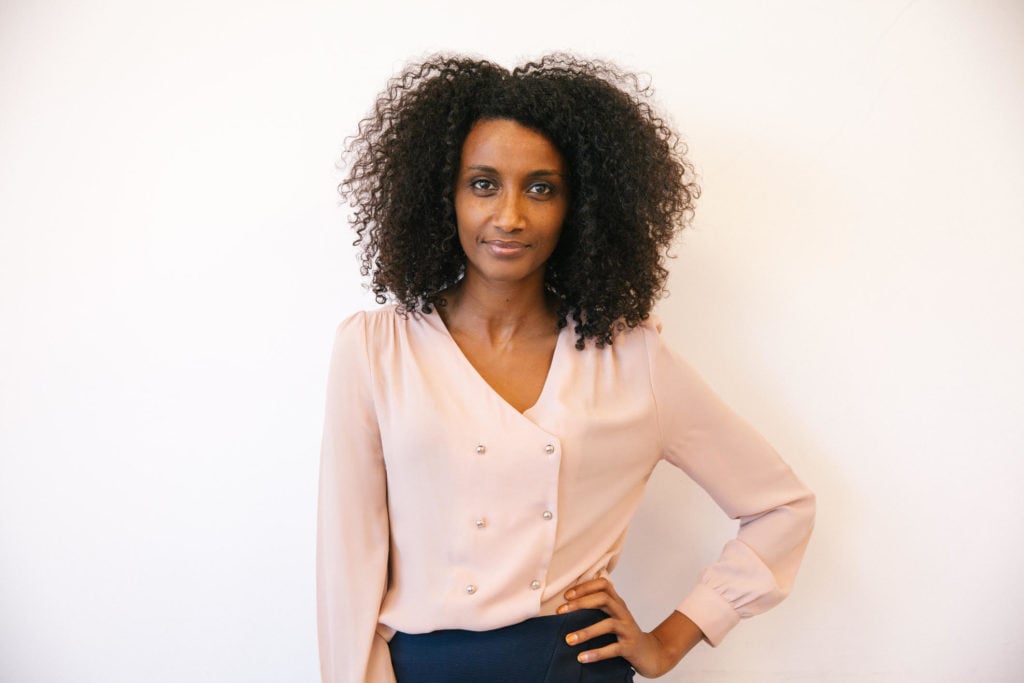Art World
A New Initiative Asks, Why Is Africa Under-Represented at the Venice Biennale?
Out of 54 African countries, only seven will have national pavilions at Venice this year.

Out of 54 African countries, only seven will have national pavilions at Venice this year.

Hili Perlson

Every two years, the city of Venice becomes host to the world’s most important art event, with participating countries vying for the visitors’ attention with exhibitions staged in the different national pavilions carefully selected months in advance. The African continent, however, has consistently been badly under-represented at the prestigious biennial; this year, only seven out of 54 African countries will have national pavilions at the 57th Venice Biennale.
A new initiative called the The African Art in Venice Forum (AAVF) seeks to address the problematic issues caused by this lack of representation with a two-day forum held during the Biennale’s opening week at the Hotel de Monaco on the Grand Canal.
The event is spearheaded by Neri Torcello, an art advisor who told artnet News in an interview that he dedicates roughly a third of his time and private funds to art and social impact projects; Azu Nwagbogu, founder of the Lagos-based non-profit African Artists’ Foundation; and Azza Satti, head of artists at African Speakers + Artists in Nairobi, Kenya.

AAFV board member Neri Torcello. Photo Alex Subrizi.
“As soon as we started discussing the Forum structure, a long list of organizations and individuals approached us with the enthusiastic will to assist in developing the idea and add content, functions, and networks,” Torcello told artnet News.
From May 9-10, 2017 more than 60 international speakers representing major institutions—including Zoe Whitley, Curator, International Art at Tate; Reem Fadda, curator of the 2016 Marrakesh biennial, and Associate Curator Middle Eastern Art at Abu Dhabi Project, Solomon R. Guggenheim Foundation; or the Centre Pompidou’s Alicia Knock—will discuss the impact that a national pavilion can have on a local art scene, and what can African countries do to promote their artists on a global scale.

AAFV board member Azza Satti. Photo by Alice Oldenburg.
If compared by “geography, population, and the creative capability of the African continent,” the forum’s press release explains, “very little has been exhibited and discussed about many African countries until now. The lack of content becomes a lack of debate and research.”
What’s more, previous participation has not always been a guarantee for an improved infrastructure. In 2015, the Kenyan Pavilion—the country’s second-ever participation at Venice—drew the wrath of the local arts community when it was revealed that the show would include a predominantly Chinese line-up, curated by an Italian team. Following the media scandal that had erupted, Kenya canceled its participation that year only days prior to the opening.
Offering free entry to the entire program, the organizers have a clear goal. “We believe we can trigger the process that will take to the participation of more African national pavilions at the Venice Biennale,” the organizers said in a statement.
The full program will also be available online thanks to a collaboration with the Streaming Museum. The AAVF will also launch an updated list following up on the different projects by the speakers and partners to promote their work and connect them to potential sponsors and patrons.
The African Art in Venice Forum takes place at the Piano Nobile of Palazzo Dandolo, Hotel Monaco & Grand Canal, Venice from May 9-10, 2017.